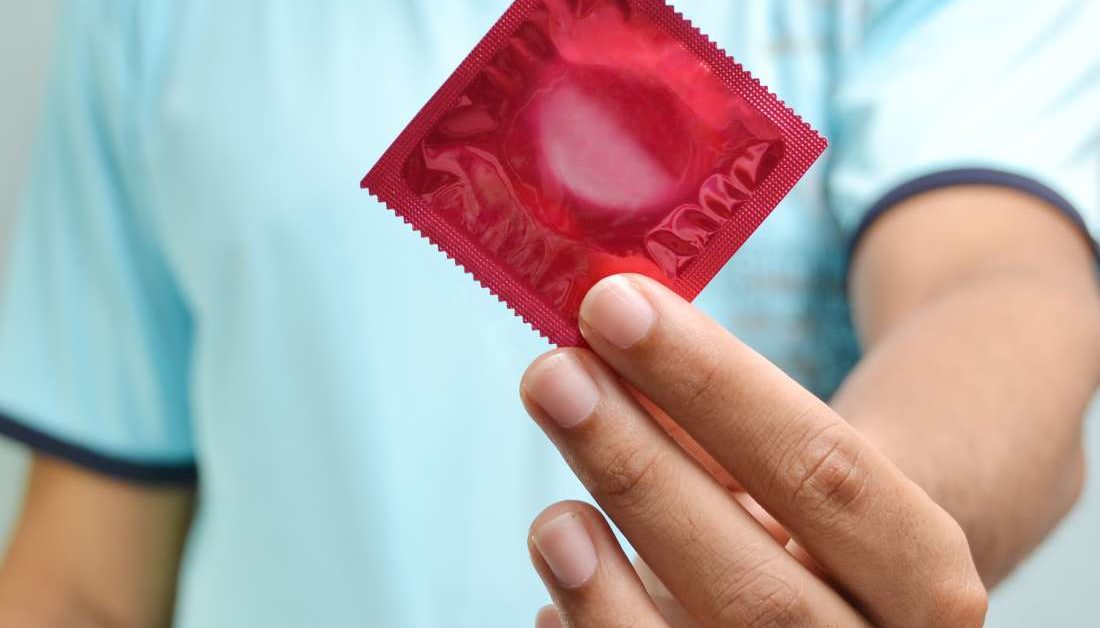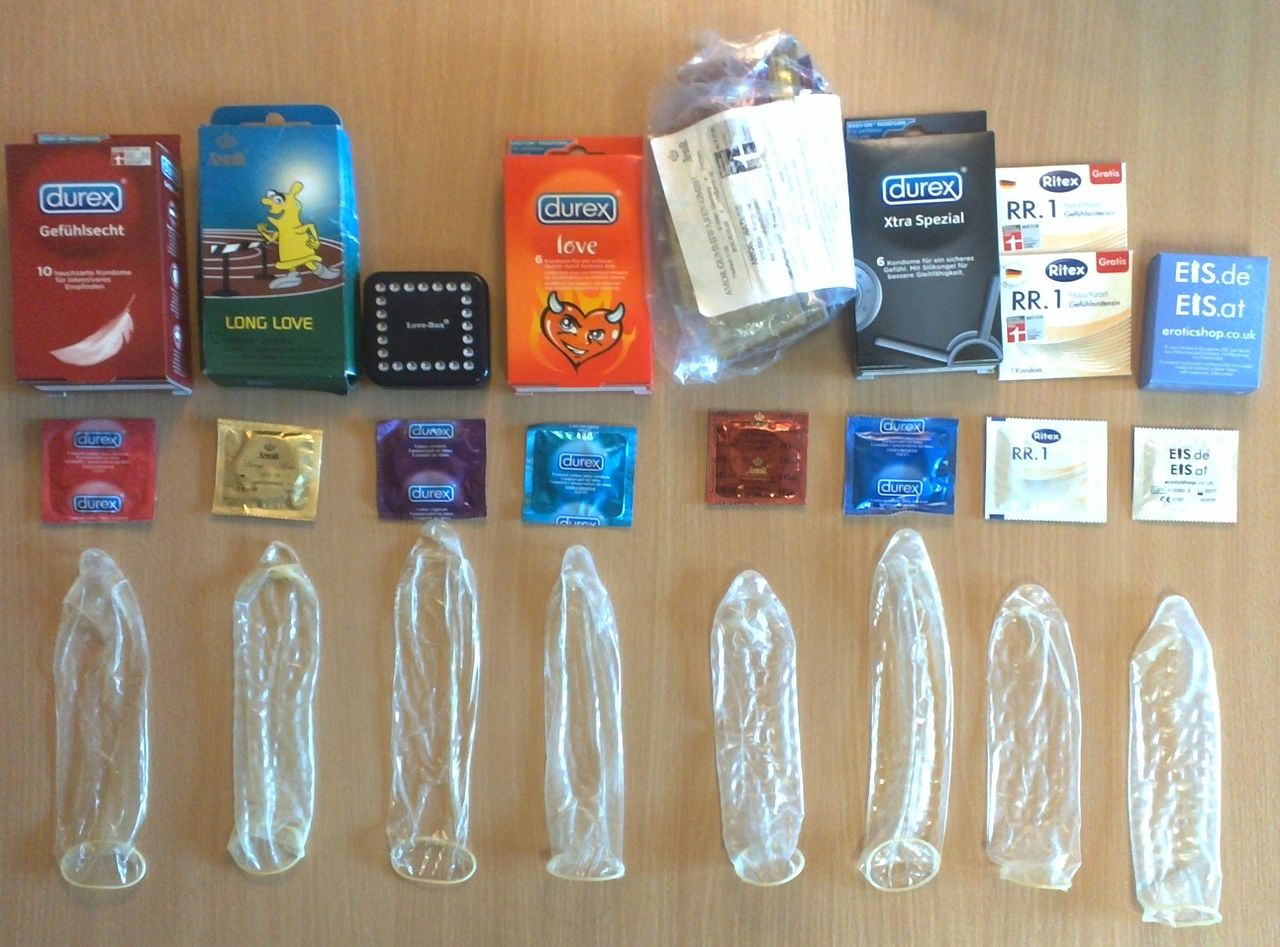Psychogenic erectile dysfunction – can be caused by fear, stress, frustration or disappointment. It is often caused by the “fear of failure” – the man’s fears that the contact will not meet the needs of the partner.
Erotic aids – are objects that are usually used in masturbation or sexual contact to intensify the sexual experience and to improve and diversify the intimate life. The use of aids usually leads to sexual satisfaction. Erotic aids include: aphrodisiacs, anal balls, butt plug, dildo, penis ring, lubricating gel, inflatable doll, artificial vagina, vacuum pump, venus balls, vibrating egg, vibrator and more.
Eroticism – comes from the Latin word eroticus – which refers to sexual love, eros – physical love, the god of love, everything related to love and sex life. Cultivated discourses related to sexuality. Its various forms are conditioned by cultural and historical conditions.
Erogenous zones – are all places on the body whose touching or caressing leads to arousal. The capacity of a sexual experience is not limited to the sexual organs, in fact the whole body could be a large erogenous zone – the earlobe, the neck, the back of the neck. The nipple, for example, is very sensitive.
Exhibitionism – sexual perversion manifested by public exposure; the most common sexual perversion is genital excision and masturbation in front of a person of the opposite sex. The exhibitor usually does not communicate. If he communicates with vulgar vocabulary, with violent gestures, he can be a sexual aggressor.
Fetish – According to the International Classification of Diseases, the fetus is the use of an inanimate object for sexual arousal and satisfaction, check more at cele mai bune filme online porno cu femei frumoase. Many fetishes are associated with the human body, such as clothing or footwear. Other common materials characterize a particular structure, such as rubber, plastic, or leather. In some cases, they only serve to increase sexual arousal naturally.
Frigidity – frigidity is sexual coldness – sexual frigidity or frigiditas sexualis, manifests itself as low sexual activity and inability to have an orgasm. It can have psychological or physical causes.
Heterosexuality – is a combination of the Greek word heteros (other, different) and the Latin noun sexus (gender), literally means a different sex. Also, the so-called heterosexual orientation in the medical and sexological sense is a predominant or exclusive erotic sensitivity towards the opposite sex, which is usually manifested by emotional affection, intense feeling or the need to have serious emotional relationships with people of the opposite sex, the ability to to fall in love with them, usually with a greater desire after physical approach or orgasmic activities related to them.
Homosexuality – sexual orientation for a person of the same sex.
Impotence – Impotence is defined as a persistent problem of reaching or maintaining an erection to complete sexual intercourse. It is not a sign of an occasional erection problem that every man may experience from time to time – for example, when he is very tired or has overdosed on alcohol. Impotence is a delicate, long-term problem that negatively affects the quality of life of partners. In a broader sense, the word impotence includes several other signs for: erectile dysfunction, infertility, inability to ejaculate in men, ejaculation in men without orgasm, the absence of any desire for sexual activity.
Kama Sutra – is an ancient Indian text that describes human sexuality. The author of the text is the Indian philosopher Mallanag Vatsjayana, who lived between the 4th and 6th century AD. The book Kama Sutra is not just a collection of sex positions. This Indian teaching is much more complex but it also lacks aesthetic value. Basic pillars of the Kama Sutra teaching: mutual love, discipline. The modern sex guide is called Zerexsutra. If you want to start your creativity and imagination or want to be a better sexual partner, this book is for you. ZEREXSUTRA will guide you through the mysterious techniques that will bring a new spark to your sex life.
Kegel exercises – were invented by women’s doctor Arnold Kegel and involve special exercises, which by their combination act exclusively on the so-called PC muscle. Kegel’s exercises appeared in the 1920s and served to correct minor anatomical changes that occurred at birth. They were gradually adopted by men who, thanks to them, were able to better control their erection and premature ejaculation, these are the reasons why most men decide to practice Kegel exercises. The exercise consists of contracting and rhythmic relaxation of the muscles – specifically the PC muscle.
Libido – sexual instinct or sexual desire. It is a collection of successive innate reflexes influenced by hormonal activity that provoke the desire for sexual contact in adults. It is sometimes called “sexual appetite”. If libido is low, our taste for sex decreases rapidly. This affects both men and women.
Masochism – according to the Austrian writer Sacher-Masoch (1836-1895), is a form of sadomasochism in which the person (masochist) finds pleasure when humiliated and abused by his partner. An individual’s sexual satisfaction exists only when he is abused. The masochist combines enthusiasm with mental or physical pain. More broadly, masochism is a characteristic, when an individual suffers a pain that can be avoided or seeks torture alone in life.
Masturbation – or masturbation, or masturbation, is a form of sexual behavior that consists of sexually stimulating the sexual organs or other erogenous zones with their own hands (autoeroticism), the hands of a partner, or erotic aids to achieve an orgasm.
Menopause – transition, menopause. The period in a woman’s life, when the activity of the ovaries gradually ceases and the menstrual cycle ends. There are hormonal changes accompanied by a decrease in the production of sex hormones. The menstrual cycle becomes irregular and eventually ceases.
Monogamy – Monogamy is a form of marriage of a man to a single woman. Naturally, it refers to the reproductive and exclusive communion throughout the life of two people. The naturalist distinguishes between sexual and social monogamy. The social association of a permanent partner serves mainly to raise children, but also allows other sexual contacts. The opposite of monogamy is polygamy.






